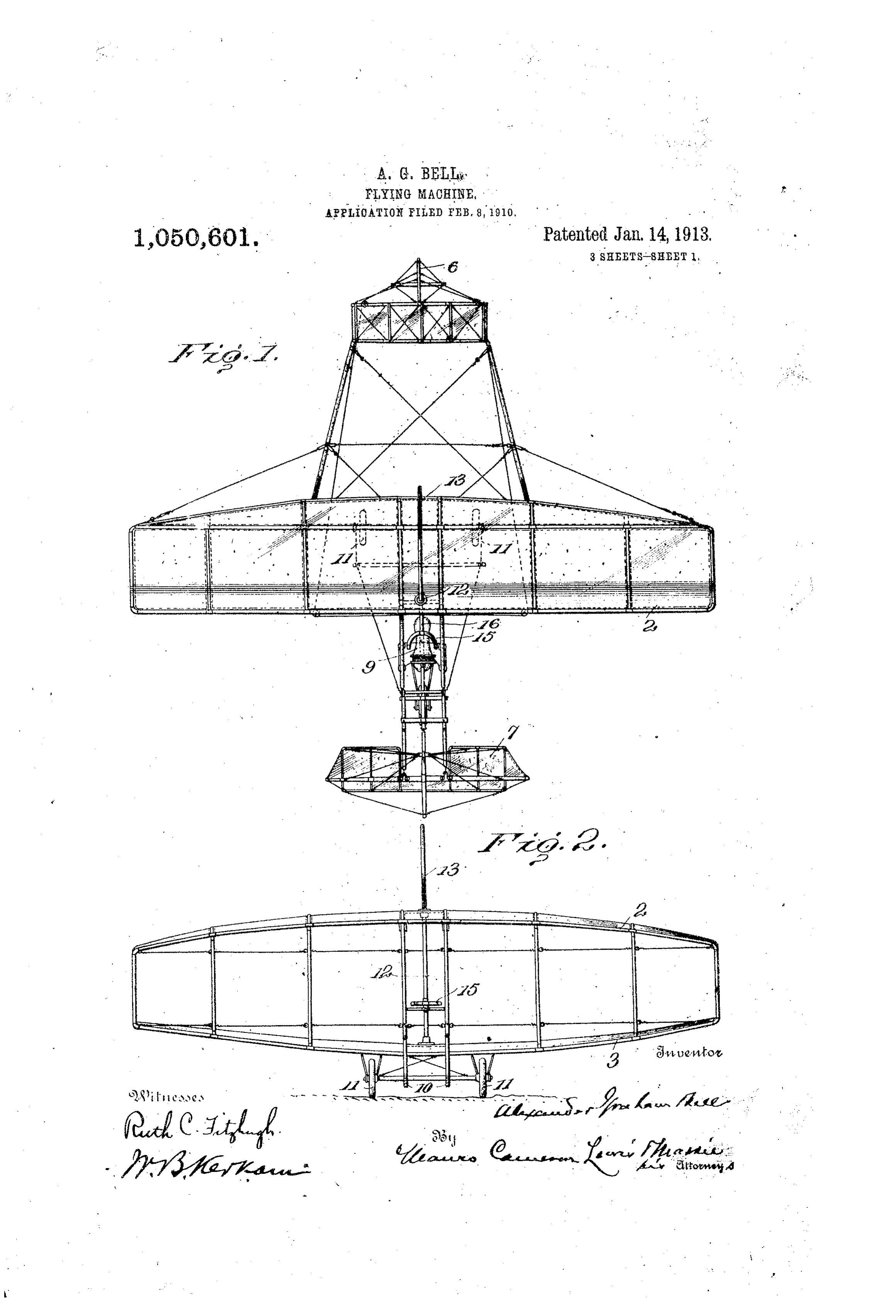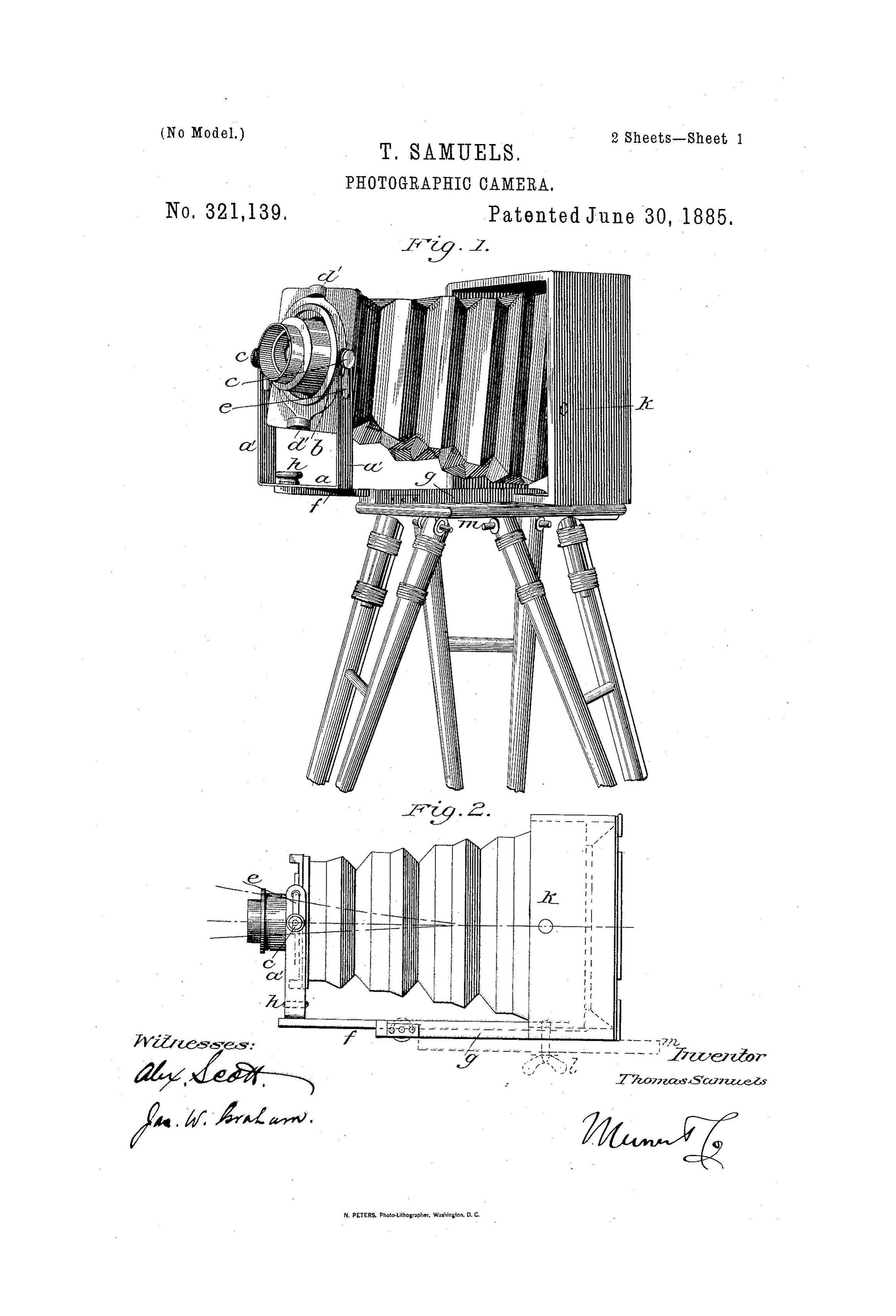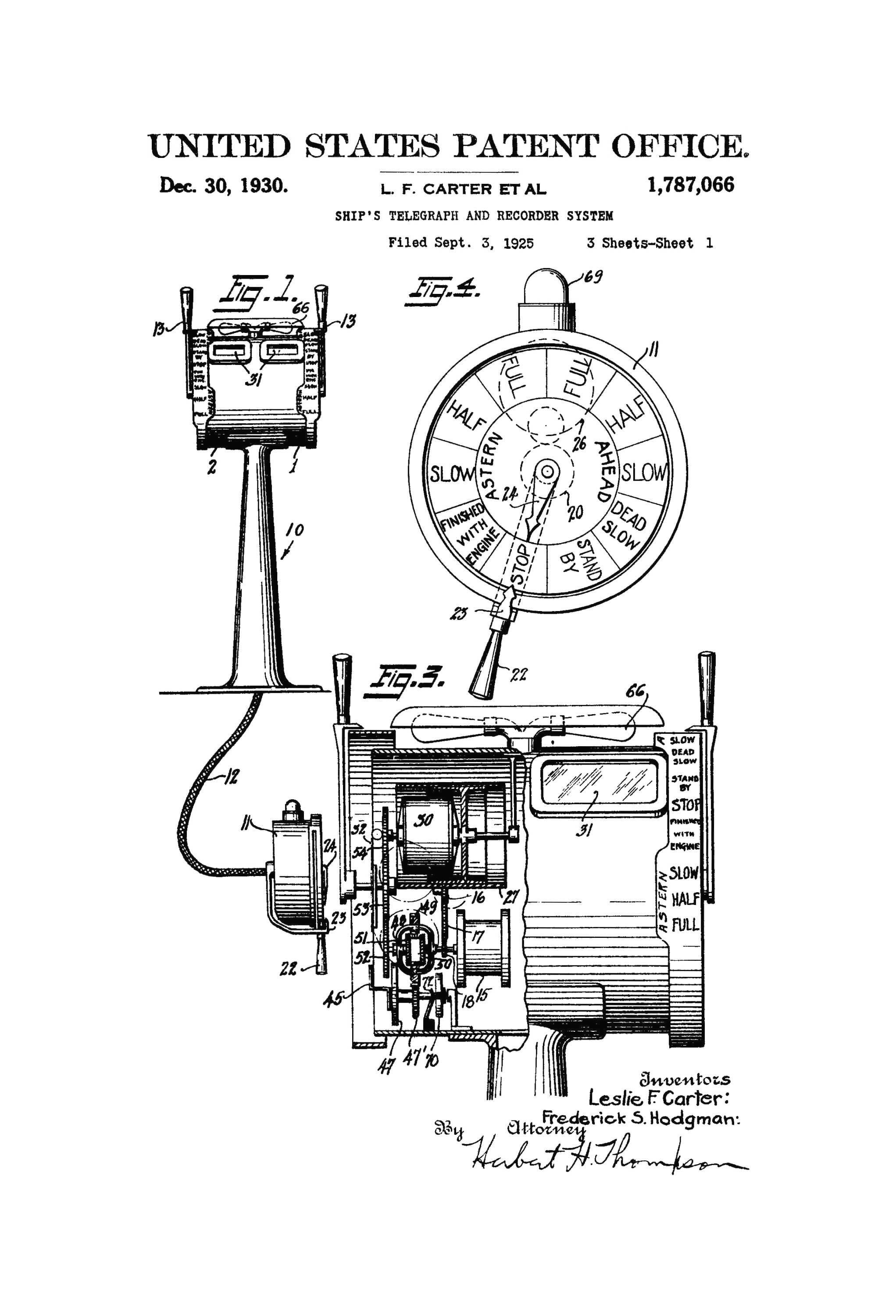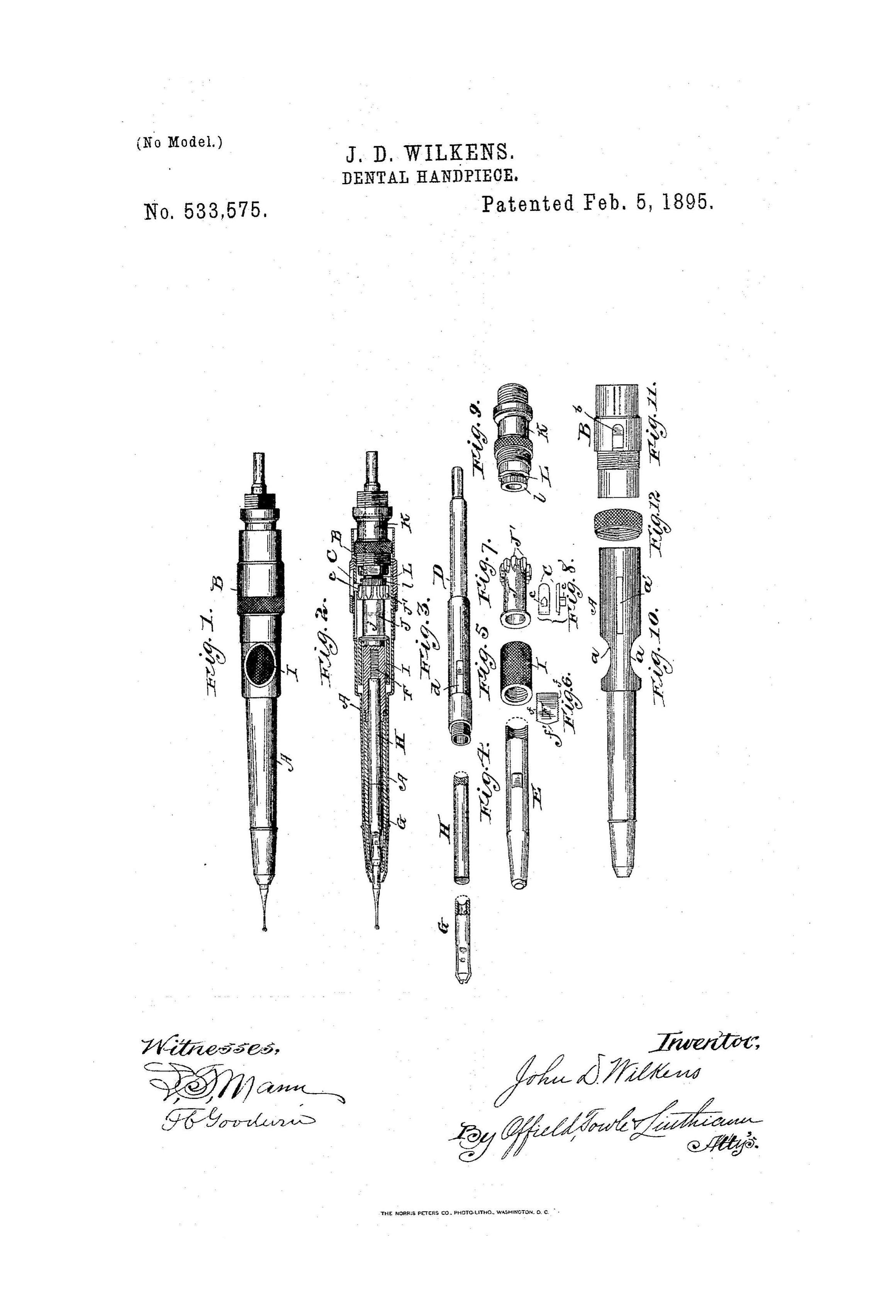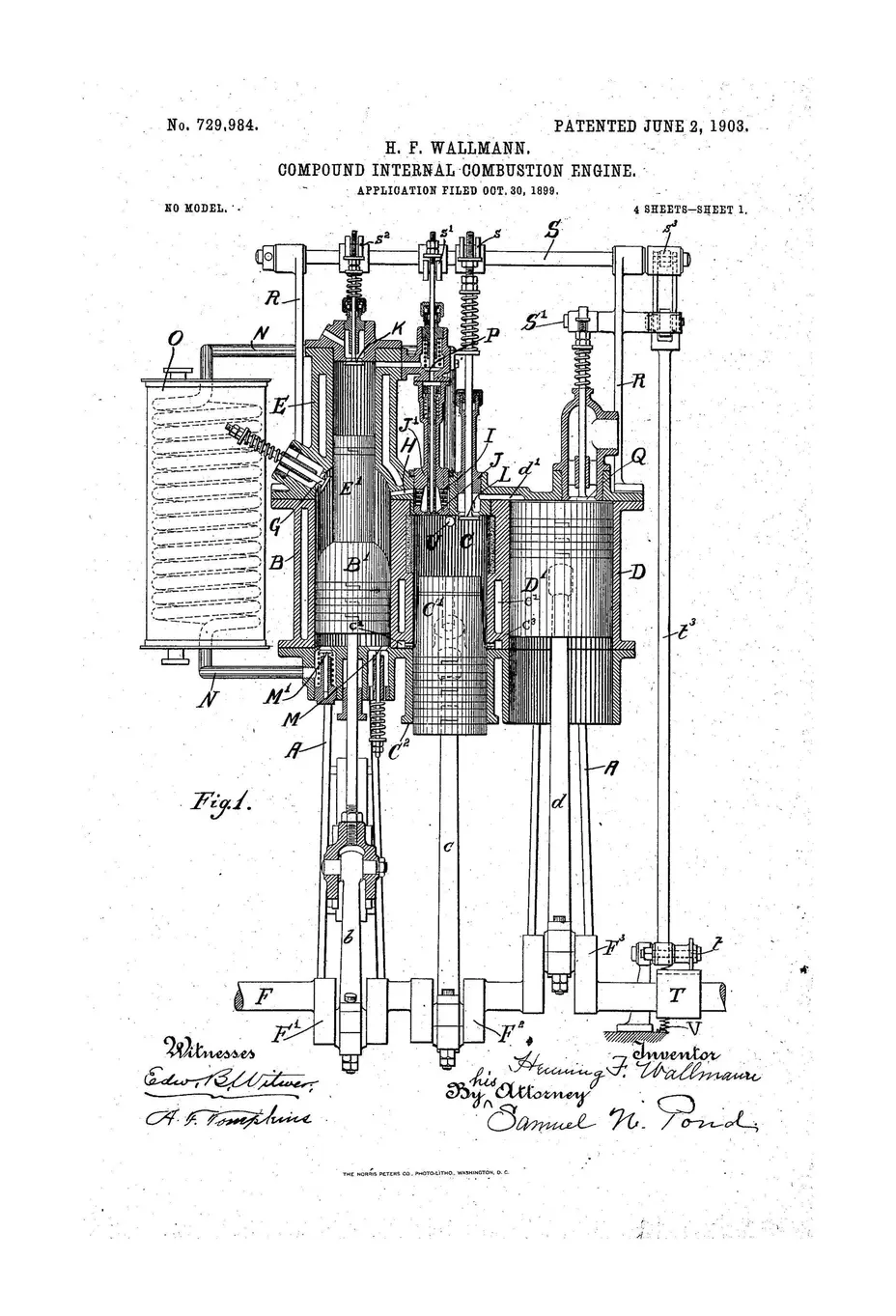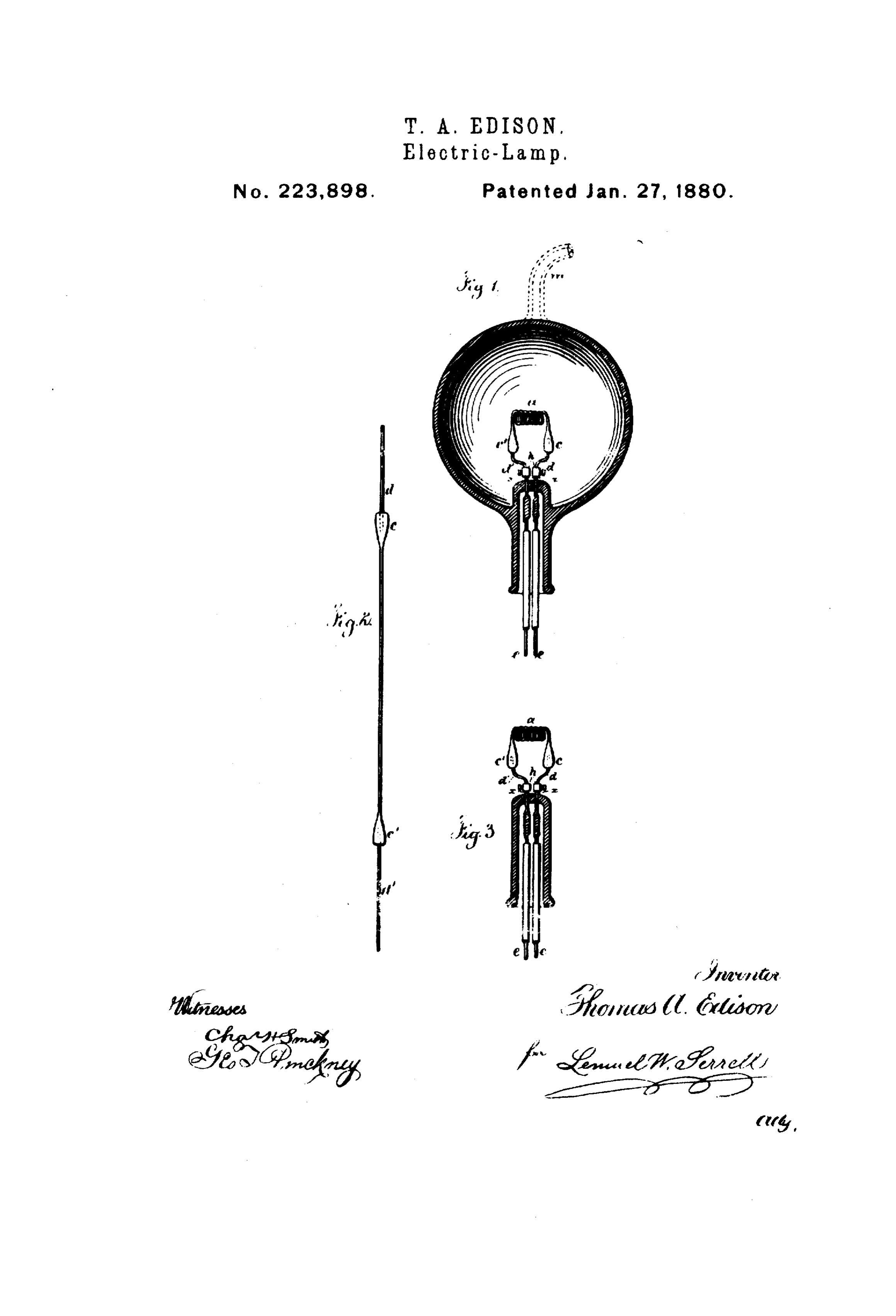What is a patent?
A patent is a legal document and intellectual property right granted by a government to the inventor or owner of a novel and useful invention or innovation. It provides the patent holder with exclusive rights to make, use, sell, and license their invention for a specified period, usually 20 years from the date of filing in most countries. Patents serve as a form of protection and incentive for inventors and innovators, as they allow them to profit from their creations and prevent others from using, making, or selling the same invention without permission.Different types of patents
There are three main types of patents:-
Utility Patents
These are the most common type of patents and cover new and useful processes, machines, manufactured items, or compositions of matter. Utility patents are typically granted for inventions like new technological devices, pharmaceuticals, industrial processes, and the like.
-
Design Patents
Design patents protect the unique and ornamental appearance or visual design of an object. They are typically applied to the aesthetics of an item rather than its functional aspects. For example, a design patent could cover the unique shape of a bottle or the appearance of a piece of jewelry.
-
Plant Patents
Plant patents are granted for new and distinct varieties of plants that have been asexually reproduced. This category is often used in agriculture and horticulture to protect new plant species or cultivars.
To obtain a patent, an inventor must file a patent application with the relevant government patent office, such as the United States Patent and Trademark Office (USPTO) in the United States or the European Patent Office (EPO) in Europe. The application typically includes a detailed description of the invention, along with drawings or diagrams if applicable. It is examined by patent examiners to determine if it meets the criteria for patentability, which include novelty, non-obviousness, and usefulness.
Once granted, a patent provides the inventor with exclusive rights to their invention for the specified period. During this time, the patent holder has the legal authority to enforce their rights and may choose to license their invention to others or sell it outright. After the patent expires, the invention enters the public domain, and anyone can use it freely.
Patents are a crucial tool for promoting innovation and protecting the intellectual property of inventors, as they provide a financial incentive for individuals and companies to invest in research and development. However, the patent system can be complex and varies from country to country, so it's essential for inventors and innovators to seek legal counsel or assistance when navigating the patent process.
How are blueprints related to patents?
Here at Vintage Blueprints we sell posters of blueprints and even though a blueprints may not be related to a patent. Patents and blueprints are interconnected because inventors and innovators often rely on blueprints to illustrate and explain their patented inventions. Blueprints can serve as valuable documentation in the patent application process, providing visual evidence of an invention's design and functionality. When seeking a patent, inventors may include detailed blueprints and technical drawings to help patent examiners understand the invention's intricacies. The combination of a patent and accompanying blueprints can offer comprehensive protection for an innovation, both legally and technically. While patents protect the exclusive rights to an invention, blueprints serve as the practical guide for its construction or implementation, ensuring that the invention can be replicated accurately.Patents and blueprints are integral components of the innovation process. Patents offer legal protection and exclusive rights to inventors, while blueprints provide the detailed plans and instructions needed to bring these inventions to life. Together, they foster innovation, safeguard intellectual property, and enable the creation of new technologies and designs that benefit society as a whole.
